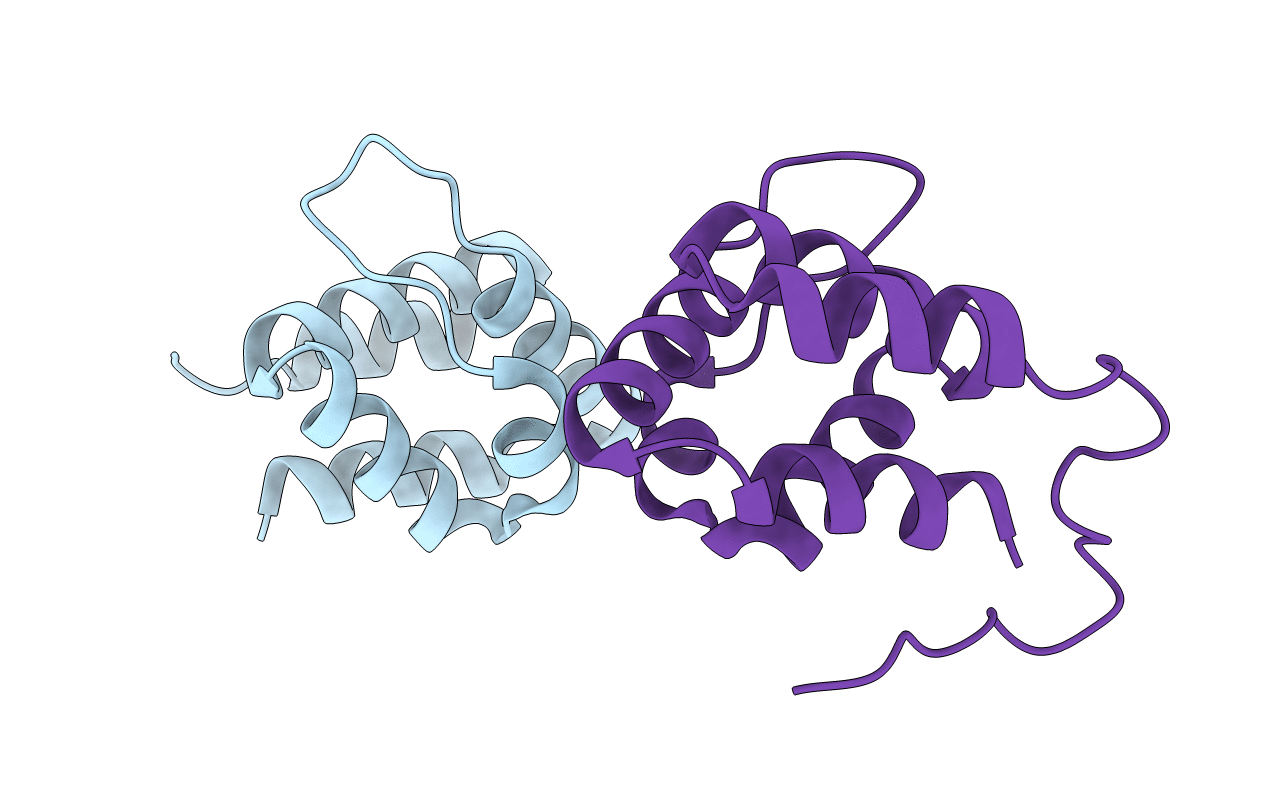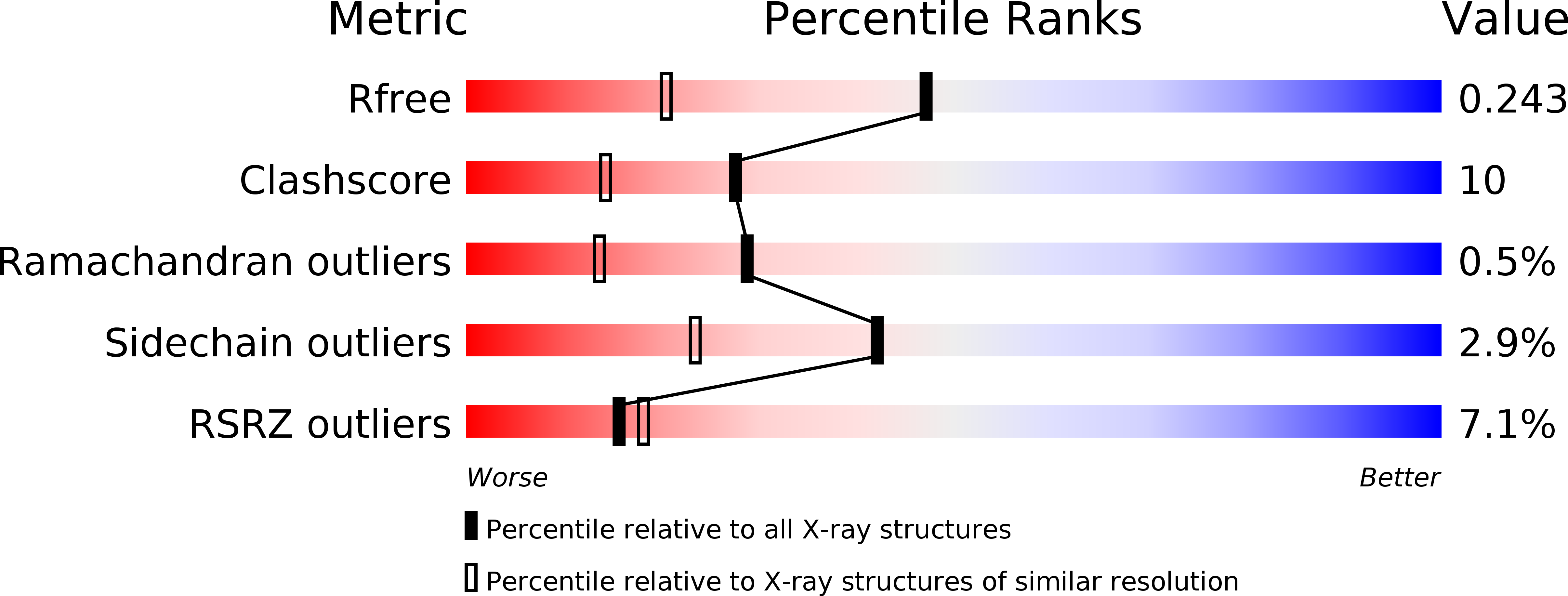
Deposition Date
2011-01-21
Release Date
2011-08-31
Last Version Date
2024-10-30
Method Details:
Experimental Method:
Resolution:
1.70 Å
R-Value Free:
0.23
R-Value Work:
0.18
R-Value Observed:
0.18
Space Group:
P 1 21 1


